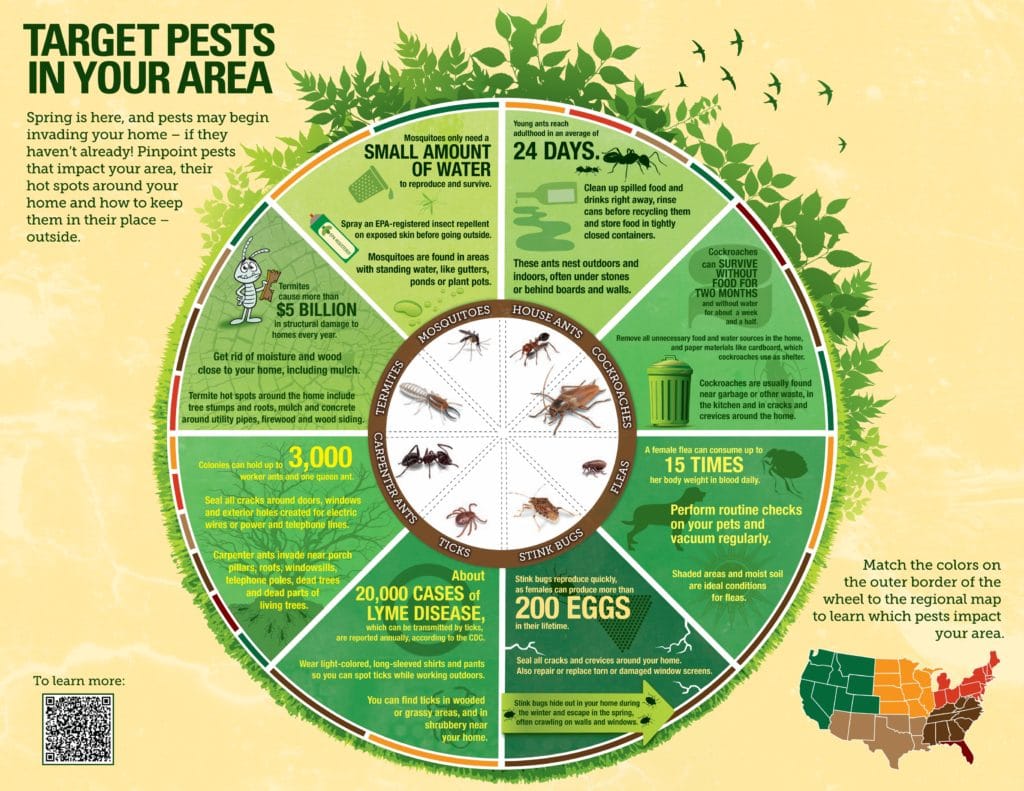Usual Indications Of Termites In Your House: A Comprehensive Overview
Usual Indications Of Termites In Your House: A Comprehensive Overview
Blog Article
Web Content Author-Bartlett Mcdaniel
You may assume your home is secure, but what if undetected trespassers were quietly triggering damages right under your nose? As you go about your day-to-day regimens, have you ever before saw subtle changes however brushed them off as minor problems? Be prepared to discover the hidden tricks termites may be nurturing in your home. From the faintest of sounds to the subtlest of signs, recognizing the thorough overview on common indicators might save you from an expensive nightmare.
Visual Indicators of Termite Problem
If you discover small heaps of what resembles sawdust near wood structures in your home, you might be seeing the initial aesthetic signs of a termite invasion. Termites, typically described as the 'quiet destroyers,' can damage your property without you even understanding it. These little stacks are really termite droppings, called frass, which are a by-product of their tunneling tasks within the wood.
As you check your home for signs of termites, pay close attention to any mud tubes running along the wall surfaces or foundation. These tubes work as protective tunnels for termites to travel in between their nest and a food resource without drying. Additionally, watch out for any type of bubbling or peeling paint, as this could indicate moisture buildup triggered by termite activity within the wall surfaces.
To further confirm a termite infestation, look for hollow-sounding wood when tapped and check for any type of discarded wings near windowsills or door frameworks. Taking punctual action upon noticing these visual signs can assist stop comprehensive damages to your home.
Auditory Clues to Expect
When listening for acoustic ideas of termite activity in your house, focus on any kind of pale hitting or touching noises coming from the wall surfaces or wood frameworks. These sounds are often an indication of termites at work within the timber, munching away and creating damages. While these noises might be refined and easy to miss, specifically throughout the day when there's more ambient noise, attempt listening during the quiet of the night to discover any kind of uncommon noises that could indicate termite existence.
If you hear these pale noises, it's necessary to examine more to determine the source and extent of the potential termite problem. By catching the problem early, you can avoid substantial damages and expensive repairs down the line. Remember that termites are tiny pests, yet they can create loud disruptions within the wood structures of your home. Remain attentive and act quickly if you presume a termite infestation based upon these auditory ideas.
Structural Changes Caused by Termites
Pay attention very closely for any indicators of hollow-sounding or damaged wood in your house, as these structural modifications can show a termite invasion. flea removal eat timber from the inside out, leaving a thin veneer of wood or paint on the surface while burrowing the inside. This can lead to wood that seems hollow when touched or really feels soft and damaged.
Furthermore, red spider mite control chemicals might see distorting or sagging floors, doors that no more close properly, or home windows that are unexpectedly tough to open. These modifications take place as termites damage the architectural integrity of wooden aspects in your home. Watch out for small holes in timber, as these could be termite leave points where they push out fecal pellets.
If you observe any of these structural changes, it's essential to act quickly and look for expert aid to analyze and deal with a prospective termite problem before it creates more damages to your home.
Conclusion
As you maintain a watchful eye for signs of termites in your house, remember that very early detection is key to stop expensive damages.
Just like a vigilant guard safeguarding a citadel from invaders, your understanding and quick action can safeguard your home from the devastating pressures of these tiny pests.
Stay sharp and aggressive to ensure your home stays risk-free and termite-free.
